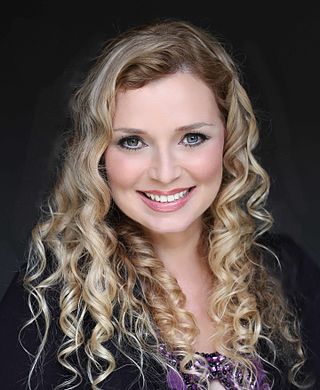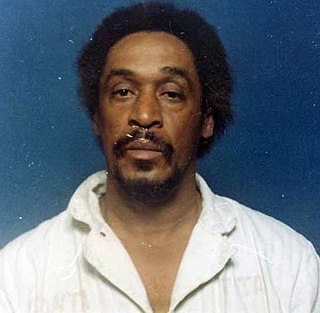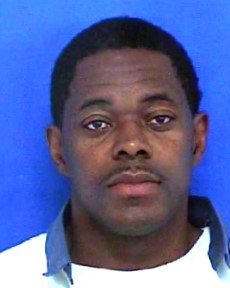
Peter Kürten was a German serial killer, known as The Vampire of Düsseldorf and the Düsseldorf Monster, who committed a series of murders and sexual assaults between February and November 1929 in the city of Düsseldorf. In the years before these assaults and murders, Kürten had amassed a lengthy criminal record for offences including arson and attempted murder. He also confessed to the 1913 murder of a nine-year-old girl in Mülheim am Rhein and the attempted murder of a 17-year-old girl in Düsseldorf.

Michel Paul Fourniret was a French serial killer who confessed to killing 12 people in France and Belgium between 1987 and 2003. After he was arrested in June 2003 for the attempted kidnapping of a teenage girl in Ciney, Fourniret confessed in 2004 to killing nine people, eight females and one male, having been informed on by his then-wife, Monique Pierrette Olivier. Fourniret was convicted of seven of these murders on 28 May 2008 and sentenced to life imprisonment without possibility of parole, while Olivier was given life with a minimum term of 28 years for complicity.

Roberto Succo was an Italian serial killer who committed several murders and other violent crimes mostly in Italy and France in the 1980s.

Carlton Michael Gary was an American serial killer who murdered three elderly women in Columbus, Georgia, and one in Syracuse, New York, between 1975 and 1978, though he is suspected of at least four more killings. Gary was arrested in December 1978 for an armed robbery and sentenced to 21 years in prison. He escaped from custody in 1983 and was caught a year later. Evidence was found linking him to the earlier murders and he was convicted and sentenced to death in August 1986. He was executed by lethal injection on March 15, 2018.

Donald Leroy Evans was an American serial killer who murdered at least three people from 1985 to 1991. He was known for confessing to killing victims at parks and rest areas across more than twenty U.S. states.
Claude Lastennet was a French serial killer who was convicted of murdering five elderly women in several Parisian suburbs between August 1993 and January 1994. He was convicted and sentenced to life imprisonment with the possibility of parole for these crimes, and died behind bars.

SK1, known in the US as Serial Killer 1, is a 2014 French thriller drama film directed by Frédéric Tellier. The term "SK1" is a codename given by the police to the first serial killer who was identified and arrested via DNA analysis in France.

CeCe Moore is a prominent American genetic genealogist. She has appeared on many TV shows and worked as a genetic genealogy researcher for others such as Finding Your Roots. She has reportedly helped law enforcement agencies in identifying suspects in over 300 cold cases using DNA and genetic genealogy. In May 2020, she began appearing in a prime time ABC television series called The Genetic Detective in which each episode recounts a cold case she helped solve. In addition to her television work, she is known for pioneering the genetic genealogy methodologies used by adoptees and others of unknown origin for identifying biological family.
Agustín Salas del Valle is a Mexican murderer. It is believed that he murdered more than 20 women in the Central Zone between 1989 and 1993; although he was only condemned for one of the homicides. He was known as "Jack the Strangler", "The Women Strangler" and "The Mata-Meretrices".
Jacques Plumain, known as The Ghost of Kehl, is a French suspected serial killer who was convicted of killing two women in Germany and France from 1999 to 2001, but is considered a suspect in three others, being acquitted for one and never brought to trial for the other two.
Patrick Tissier is a French serial killer and rapist who was convicted of killing three people from 1971 to 1993 in the southern regions of France. His case, along with that of Christian Van Geloven, led to a reform in the penal code in regard to the treatment of child murderers.
Vincenzo Aiutino is a French serial killer popularly known as "the man with fifty affairs". Convicted of three murders in the Longwy commune, he was sentenced to life imprisonment on 6 March 1998, along with 18 years of preventive detention without parole.
Mamadou Traoré, known as The Bare-Handed Killer, is a Senegalese-born French serial rapist and murderer, responsible for assaulting at least six women, killing two of them, between April and October 1996.

Charles Jackson Jr., known as The East Bay Slayer, was an American serial killer and rapist who murdered at least seven women and one man in the San Francisco Bay area between 1975 and 1982. Convicted of a single murder, he died in prison in 2002 before the more complete exposure of his crimes was revealed based on DNA profiling. He is also suspected of committing several more murders.

Stéphane Bourgoin, also known as Etienne Jallieu, is a French author specializing in true crime.
Cécile Bloch was an 11-year-old French girl from the 19th arrondissement of Paris, France, who was murdered by police officer François Vérove. The murder was one of a series in the Paris area from 1986 to 1994 that shocked the city.

François Vérove, also known as Le Grêlé, was a French serial killer, rapist and police officer who murdered at least three people between 1986 and 1994 in the Île-de-France region. He received his nickname from acne scars seen on his face by witnesses following his first murder.

Emanuel Lovell Webb, known as The East End Killer, is an American serial killer who raped and killed four women in Bridgeport, Connecticut, from 1990 to 1993. After the murders were connected and a search for the killer was underway, Webb moved to Georgia, where he raped and killed a woman in Vidalia in 1994. He was convicted of that murder and sentenced to 20 years in prison, being paroled in 2001. He was detained for a parole violation in 2005 and afterwards DNA evidence linked him to the Bridgeport murders. He was extradited to Connecticut and pled no contest in 2008 and was sentenced to 60-years in prison.











